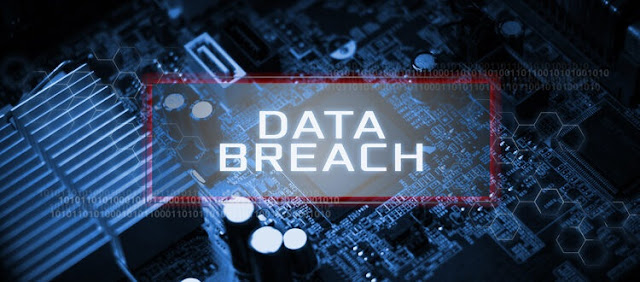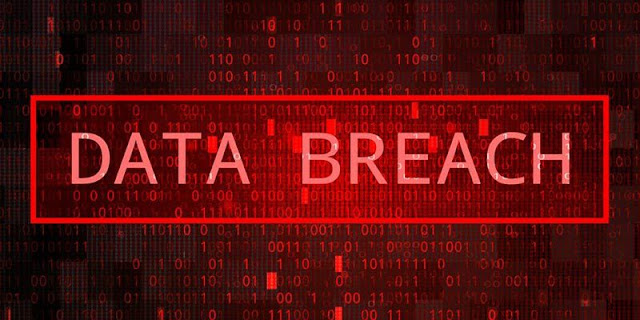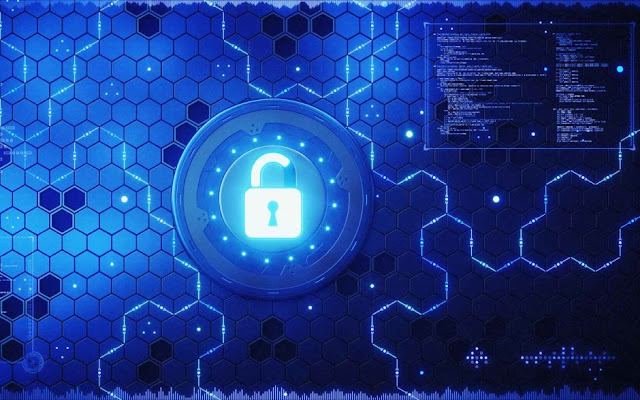The world is connected through the internet. Every business and company is using the internet today, and most transactions are made online, leaving data at risk. Hence data security becomes a major aspect in securing that data. At the same time, data breaches are increasing by the day, becoming a threat and transform into unavoidable danger.
As reported by IBM, the average cost of data breaches in 2020 was USD 3.86 million. The global information security market is forecast to grow at a five-year CAGR (Compound Annual Growth Rate) of 8.5% to reach $170.4 billion in 2022. This article will talk about what a data breach is and the consequential cost of a data breach.
What Is a Data Breach?
A data breach is a process of stealing information from the organization’s system unauthentically. Whether it is a small company or a big company, or organization can face data breaches. Because of this, very sensitive and confidential information can be stolen, like credit card details, customer data, etc. If a data breach has happened in any organization or company, it affects customer and company data and the company’s or organization’s reputation can be damaged.
Data breaches have become more common and noticeable because of cloud storage and the internet. Such data breaches have existed since the 1980s, but their awareness has been increasing since the 2000s.
The six most common ways data breaches occur in organizations are criminal hacking, human error, social engineering, malware, unauthorized use, and physical action.
Phases of a Data Breach
Research
In this phase, the attacker chooses a target and finds out the weaknesses and vulnerabilities of the system and organization. They research the target, i.e., employee, system, or organization, and then try to get all the necessary information needed to attack and gain access to confidential data.
The attacker may even go to the extent of looking up job listing to know what software and hardware the target organization use. They may also check how much the targeted organization spends on cybersecurity. This will help them make a data breach plan accordingly.
Attack
This is an essential phase as an attacker tries to make contact through a network-based or social attack. When the attacker attempts to make contact, they may disguise themselves so that the target does not doubt the chances of a data breach. They might upload the malware, hijack the server, etc., for attacking onto organization’s systems.
In a network-based attack, the attackers try to get into the organization or system using organizational or system weaknesses that are already spotted in the research phase. It may include SQL injection or session hacking but is not limited to this form of attack.
In a social attack, the attacker tricks the people using trust and tries to get confidential information like credentials to the organization’s network. Sometimes, they use malicious emails to cheat employees.
Exfiltrate
In the exfiltrate phase, the attacker gets access into the organizational network or the system. After gaining access, it is easier for the attacker to obtain sensitive and confidential information. They can download the data they sought, such as credit card details, customer details, organization details, etc., for various fraud purposes.
Attackers can use this data to blackmail or cause another cyberattack on either the customer or the organization and the network.
Industries Affected by Data Breaches
Many industries are affected by data breaches. Some of the most affected industries are:
Healthcare
The main aim of a data breach in healthcare is financial gain. If the hacker gets the necessary medical data from people, it may help them get unauthorized prescription medications that will be beneficial for them.
Between 2009 and 2020, 3,705 healthcare data breaches have been reported to HHS’ office for Civil Rights. The average number of data breaches per day for 2020 was 1.76. The cost of data breaches in the healthcare industry was USD 7.13 million in 2020, reported by IBM.
Retail
Retailers suffer from DoS attacks on their websites. In the retail industry, they use third-party organizations to provides services. The retailers often don’t give priority and a particular focus on securing payment data. And because of this, the attackers are more likely to steal the data like credit card details of the customers. In the retail industry, the average cost of data breaches is 2.01 million USD reported by 2020.
Finance
The financial services industry is an industry in which data breaches are more likely to happen. The banks, lenders, and insurance companies are the source of many data breaches. The banks are often at risk of data breaches 300 times more frequently than other industries. The data breaches happen mostly on web applications because many customers use applications to access their accounts. The banking industry costs $18.3 million in 2018, reported by Accenture. The average cost of data breaches in financial services is 5.85 million USD reported by Varonis.
Public Sector
The public sector is affected by cyberattacks. Since there is a lot of data in the government sector, there are so many chances of data breaches. Daily, data breaches are reported at an increasing rate. The Government data is stolen for financial gain. Some people attack the government database because only for fun. The situation can get worse because of the lack of investment in cybersecurity. In the public sector, the average cost of data breaches is 1.08 million USD reported by 2020.
Top 5 Challenges When Implementing a Data Breach Response Plan
Here we see the top 5 challenges in implementing a data breach response plan
1. Identifying a suspected cybersecurity incident
When an organization is exposed, it’s important to first identify the data breach. The difference between a moderate disruption and disaster often relies on this factor. Therefore, information security risk assessments are very important. They assist in detecting weaknesses and information regarding how to access them.
2. Identifying what systems, networks, and information have been compromised
It’s essential to ensure that operations continue to run as soon as possible after a breach. Systems, network and data records should be monitored regularly to identify if any of them have been tampered with or accessed from an unauthorized account. Log files can assist in keeping a record of all the files and the individual accessing them.
3. Analyzing the cybersecurity incident’s potential business impact
To plan for the long term, we need to know the financial implications of the breach. The cost of recovery and the loss in efficiency will affect revenue and also the capacity to meet deadlines. The decision about cybersecurity insurance and a data breach response budget will be informed by estimating the financial damage of breaches.
4. Conducting a sufficient investigation using forensics
Not all organizations have the ability to conduct a forensic investigation, and those who do will not be familiar with the process. However, the process can be essential for identifying the clues that could bring the perpetrators to justice.
Consequences of a Data Breach
There are many ways that a data breach can end. Here are three of the most common consequences of a data security breach.
1. Revenue loss
Security breach ultimately leads to revenue loss. To give an example, a nonworking website may cause potential customers to survey other options.
2. Loss of intellectual property
The damage in reputation and revenue is tragic. Businesses in the manufacturing and construction industries are more prone to this threat. Sometimes hackers target designs, strategies, and blueprints.
3. Hidden costs
There are many other costs related to breaches. Ground-level costs are just the beginning. Like, the legal fees may be charged, and there is also a need to spend more money on PR and investigations.
Source: eccouncil.org





























